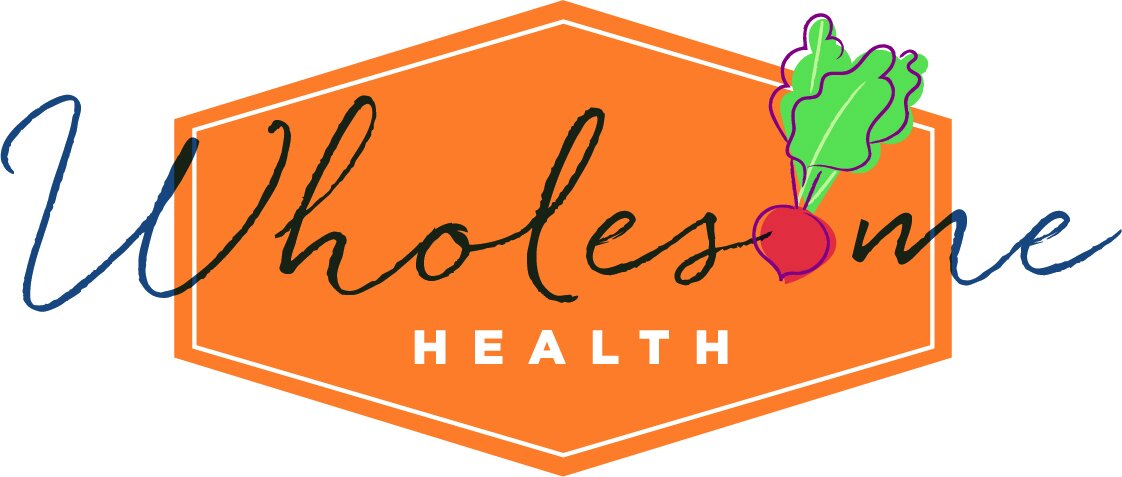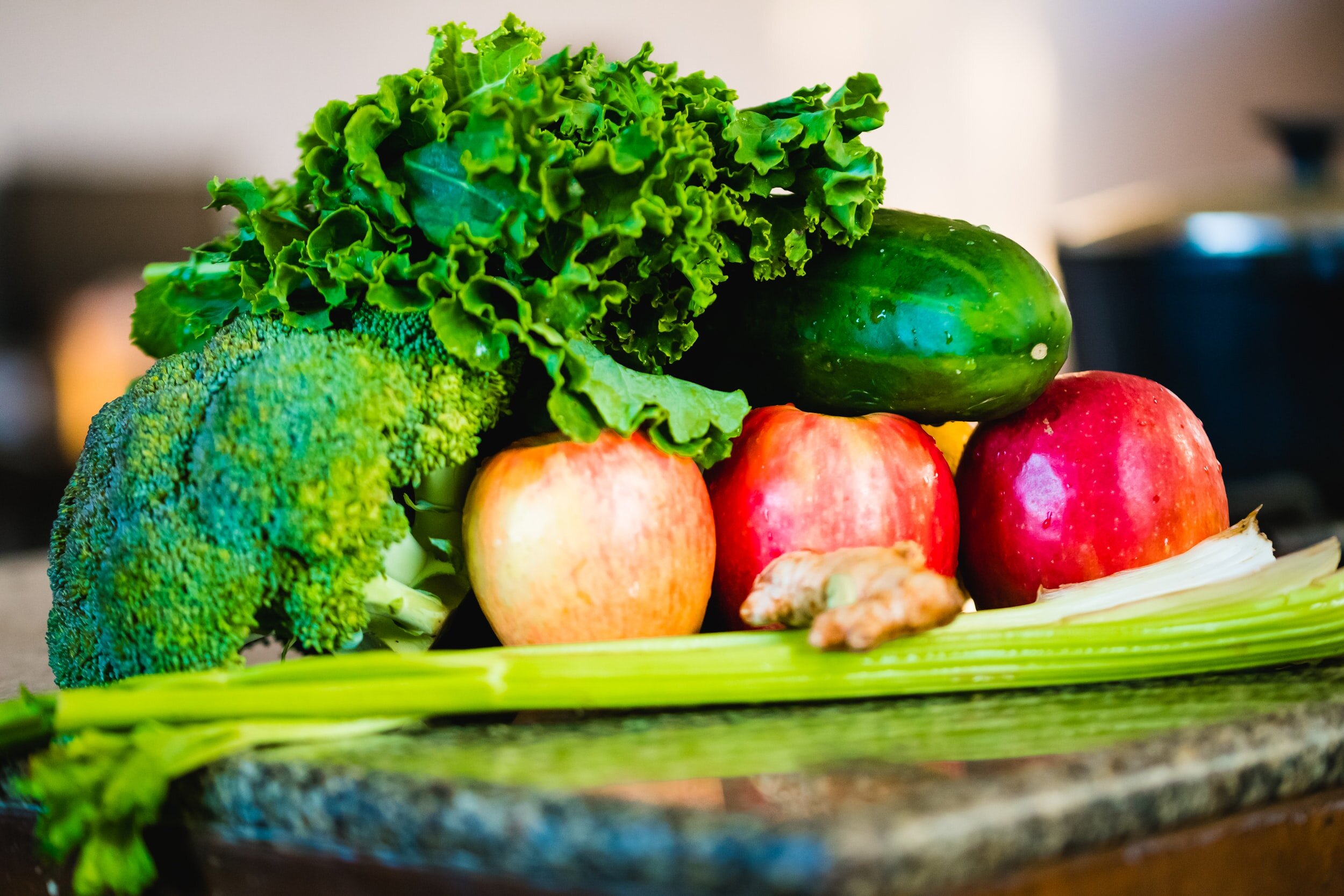Don’t Be Salty! How to Handle a Low Sodium Diet
Sodium is something you’ve likely heard about, especially if you have high blood pressure. Sodium naturally occurs in some foods but is also added to many foods in the form of salt. I briefly mentioned sodium in last week’s post about healthy restaurant eating, so today I’ll talk more about the function of sodium in the diet (yes, we do need some!), recommendations for intake, main food sources, and how to make your food taste great without adding a bunch of salt.
Do I need to eat sodium?
Yes! Sodium is a mineral that our bodies need in order to properly function. It works with potassium, another mineral, to maintain healthy blood pressure levels. As an electrolyte, it also maintains fluid balance in the body and is important in the regulation of nerve and muscle function.
How much should I eat?
Most people get plenty of sodium in their diet; the FDA estimates that Americans eat an average of 3,400 mg of sodium each day, which is much higher than the Dietary Guidelines for Americans’ suggested limit of 2,300 mg or less per day. The best way to know how much sodium you are eating is to check nutrition labels. If your food doesn’t have a nutrition label, like an apple or a potato, then it’s pretty likely you are consuming a sodium-free food (unless you add your own salt).
It can also help to look for words like “low-sodium” or “25% less salt”, but it’s still important to read exactly how many grams you are getting because these foods can still contain quite a bit of salt. For example, Kikkoman low sodium soy sauce still contains 575 mg per 1 tablespoon. This is compared to 960 mg of sodium per 1 tablespoon of their regular soy sauce.
Main food sources
Sodium is naturally found in some foods, such as milk, yogurt, eggs, and even some veggies. However, most of the sodium in our diets comes from processed foods. Salt is added to foods to make them taste better and to extend shelf-life. Some examples are:
Packaged snack foods, like chips, crackers, cookies, and granola bars
Salted nuts and nut butter
Frozen foods, such as TV dinners, pizza, or burritos
Bread, rolls, and tortillas
Cured and deli meats
Canned soups
Cheese
Pickles and olives
Store-bought sauces and salad dressings
Restaurant and fast food
How to eat less
Food can still taste delicious even without tons of salt. Try seasoning foods with herbs and spices instead. Some of my favorite ways to add flavor to my meals are:
Garlic powder or granules (NOT garlic salt)
Onion powder or flakes (NOT onion salt)
Fresh or dried herbs such as basil, oregano, thyme, and rosemary
Fresh citrus juice and zest, such as lemon or lime
Vinegar
You can even try making your own spice blends which taste great and are cheaper than what you’d find at the store. It may take some time for your taste buds to adjust to less salt, but as time goes on, you will realize you don’t need it!
Reducing processed foods in your diet is a great way to start lowering your salt intake, which is good not only for blood pressure but also overall health. With some creativity, you can still make foods taste great without tons of salt and ensure your body is getting the sodium it needs.




